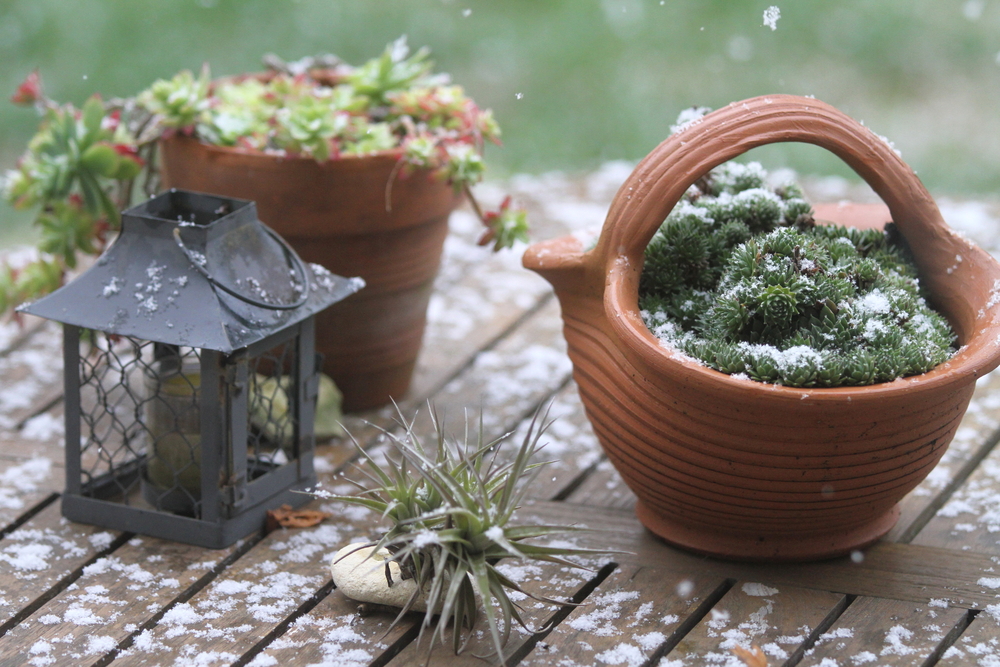5 Tips For Starting Your Own Home Vegetable Garden In Texas

Planting a home vegetable garden ensures you’ll have access to the freshest, organic produce all year round. Working in the garden is also great therapy, so why not get started today? Here’s all you need to know about making a vegetable garden in Texas.
You may not have a lot of choice in the matter, but if you do you should carefully consider the prime position for your veggie patch. The best places have plenty of sunlight and good quality soil. It’s also best to carve out a patch that’s far from other shrubs or trees so they don’t need to compete for the same nutrients. Planting a garden near an outdoor spigot will make it easier to water your crops.
There are more than 1,300 recognized types of soils in Texas, and that diversity can make gardening challenging. Austin Texas homes are often built on clay, alkaline soils. These typically lack key nutrients that plants need to thrive. Travel east to the Piney Woods region and you’ll find acidic sandy loam soils made up of sand and red clay. As soil types vary across the state, it’s worth getting yours tested at a local laboratory, such as Texas A&M University’s Soil, Water, and Forage Testing Lab. Experts recommend retesting every two to three years in case conditions change.

Lab technicians can recommend treatment to make your soil more fertile. This might include adding organic matter, such as mulch or compost, or adjusting its pH level. The addition of vermiculite or perlite, which are both available at gardening stores, can also make soil more porous so roots can breathe.
Make sure you choose the right vegetables for Texas’ often unforgiving climate. Read the back of seed packs or cards sold with seedlings to ensure you’re planting them at the right time of year. Online planting guides can also help you choose what to plant and when. Beans, beets, swiss chard, and corn are all easy for beginners to grow in Texas. Your local county extension agent can give you a better idea of the best varieties to choose in your area.
Also make sure you consider the space and conditions each plant needs. Vine crops such as winter squash and cucumbers love climbing up fences and trellises, and prefer to spread out as they grow. Other choices, such as carrots and spinach, will happily grow in smaller spaces.
With your seeds or seedlings selected, it’s time to get them into the ground. This is best done during or after rain, as the moist soil will give your vegetables the best chance of survival.
It’s a good idea to plan your garden on paper rather than just diving in. Remember to keep plants with different light and water requirements in separate garden beds. Slow growing crops, such as sweet potato and eggplant, should also be kept away from more rapid growers like turnips and lettuces. This ensures you won’t disrupt the long-term crops when tending and harvesting plants which mature more quickly.
Don’t pack the soil tightly around your seeds or seedlings, because the roots need space to breathe. Make sure you keep off your garden beds while you’re planting, and while your veggies are growing. Stepping stones and garden paths can help you cross without damaging your crops.
Once the job is done, cover all the exposed soil with a layer of mulch. This will keep the ground cooler during steamy Texan summers, and insulate it against the cold during winter. Mulch also keeps weeds at bay and traps moisture in the soil, so you needn’t water your vegetables as often.
Harvest time is the most rewarding for any gardener, as it’s the payoff for all that hard work. It can be tempting to pick vegetables too early, but your patience will result in full-flavored veggies. Vegetables are freshest as soon as they’re harvested, so make sure you only take what you intend to eat, freeze, or can within 24 hours.
Texas’ dry climate can make gardening challenging, but with some effort you’ll soon enjoy the tastiest vegetables all year round.
